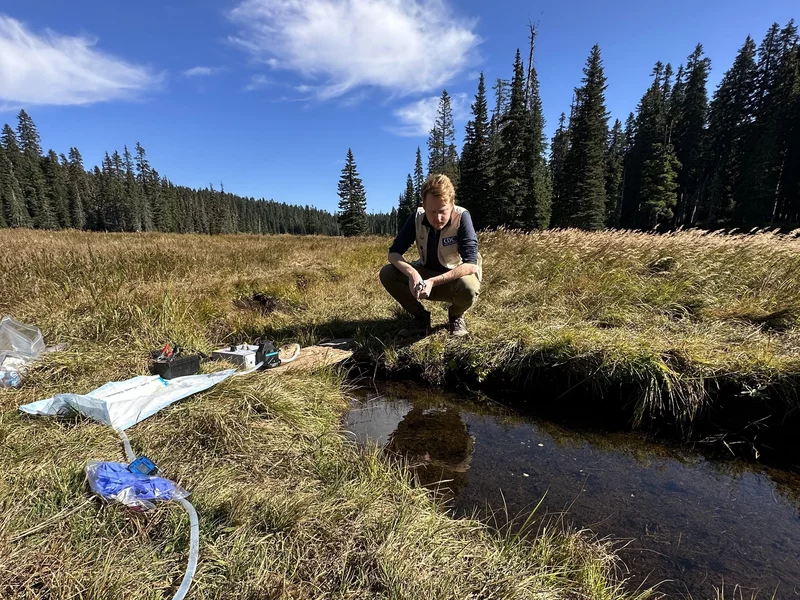Last September, Kevin Quinn was trekking through a remote, mountainous region in central Washington state, when he started feeling sick. “At first, I thought it was just a stomachache,” he says, “But when we got to the campsite I started throwing up, and it started coming out the other end as well.”
He was hiking north on the Pacific Crest Trail – a five-month, 2600–mile trek from the Mexican border up to Canada that’s gotten popular in the last ten years thanks to the memoir Wild, by Cheryl Strayed, which became a movie in 2014.
Quinn was on the trail with his daughter, who had left her job so they could hike together. After months of hiking, he found himself wiped out at a campsite in the middle of nowhere.
“I had heard about the norovirus for years, but it was always in the context of ‘Oh, there’s a cruise ship in the Caribbean,'” he says, “You don’t think about this being an issue when you’re out on the Pacific Crest Trail.”
Norovirus is a highly contagious virus that can cause serious gastrointestinal distress for several days. It’s often associated with enclosed, crowded settings like cruise ships, health care facilities and childcare centers.
But it also crops up in the wilderness – like in an outbreak among hikers like Quinn last year which was documented in a recent investigation by the Centers for Disease Control and Prevention.
Read more at NPR.org




